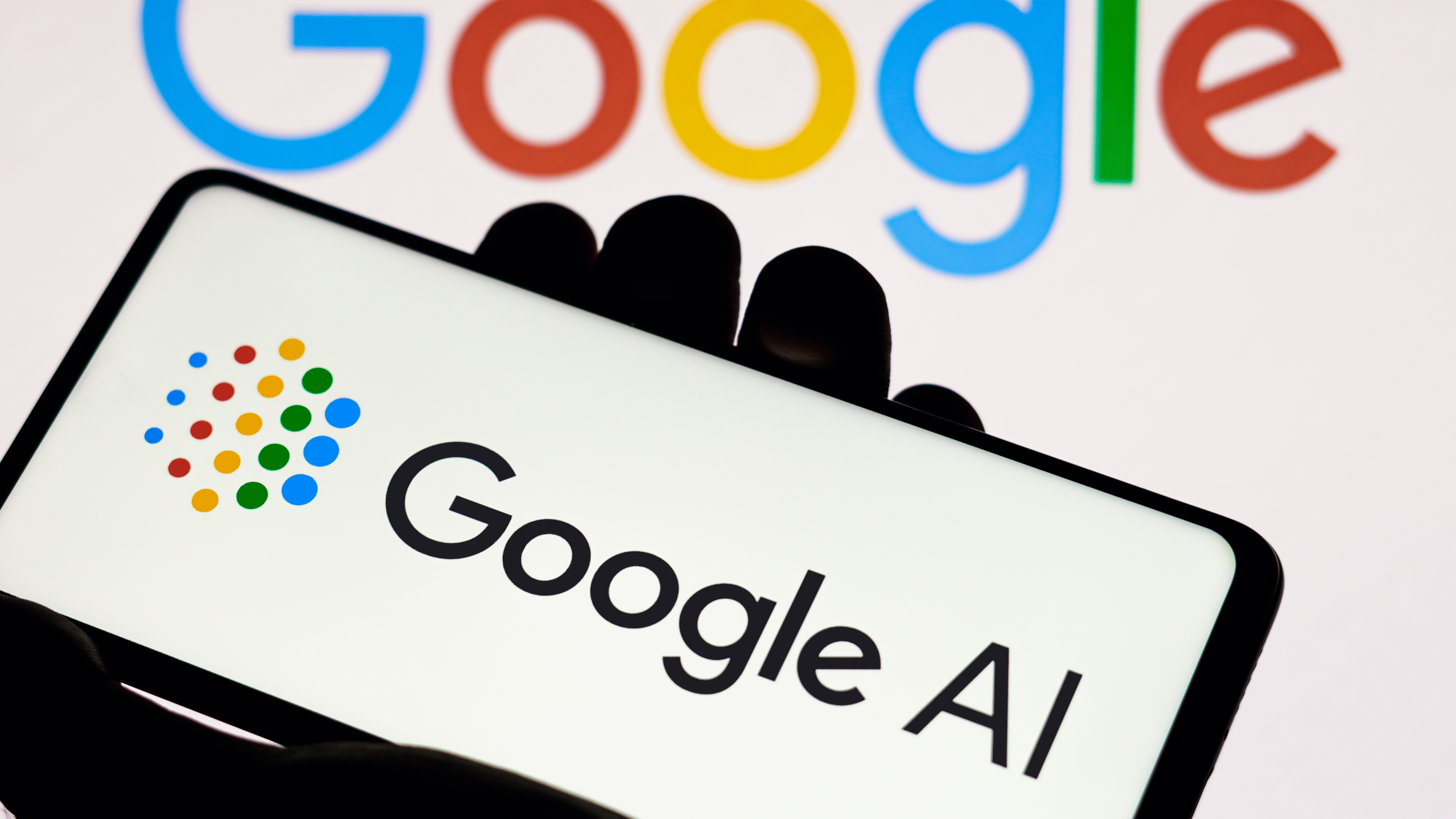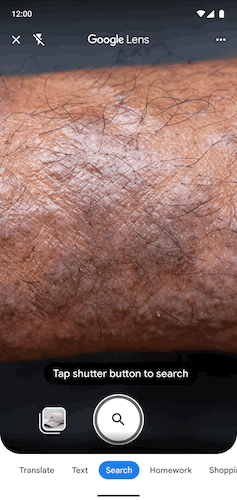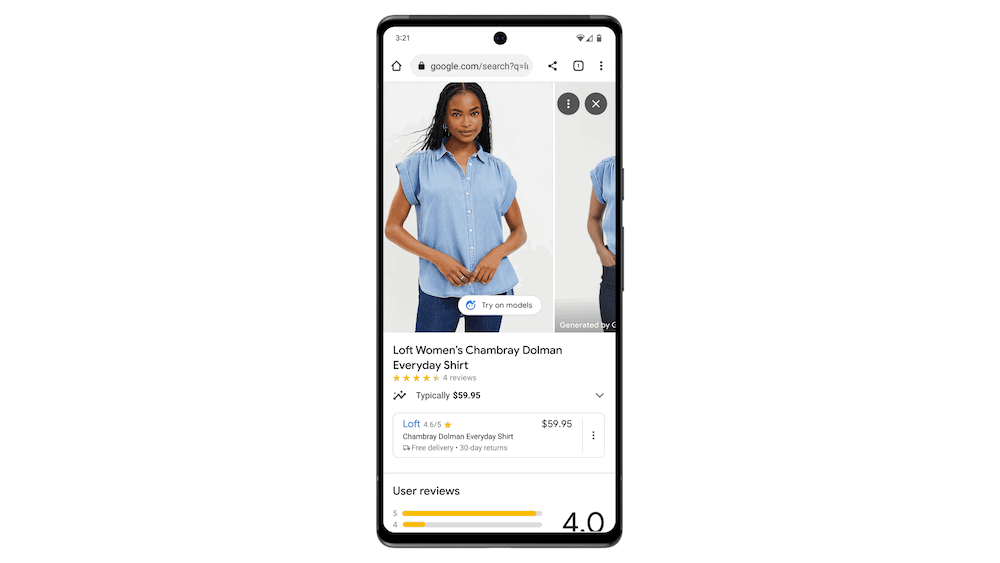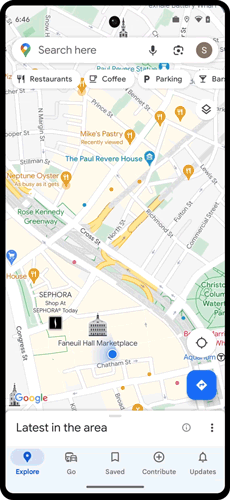Google announces big AI upgrades — including identifying skin conditions
A virtual wardrobe, new immersive view cities, and a way to check skin conditions are all coming

As it made clear at Google I/O, the Alphabet company is going big into AI, as it announced a Skynet's worth of new products and features. Those included generative AI for search, Bard, and even a way for Gmail to write entire emails for you.
Today (June 14), Google announced even more new AI features, including a way to virtually model clothes, identify skin conditions, and find your way through cities. Here's a quick rundown of the new features and when you can try them out.
Skin condition identification

No more posting a photo of that rash of yours on Facebook and asking others if you have poison ivy — or something else. A new Google Lens feature launching today will let you take a picture of a skin condition, and Google will try and identify it. Google Lens can also ID other dermatological mysteries, such as "a bump on your lip, a line on your nails, or hair loss on your head," according to Google.
However, a Google representative cautioned that the advice being given was not medical advice, and that you should consult a physician if you have real concerns about something on your skin.
Virtual Try-On

Ever go shopping for clothing online, but wonder how it'll fit? Virtual try-on will let you see how a specific article of clothing will look on a model that's closest to your body type.
To create this feature, Google took photos of 80 models (40 male, 40 female) of varying sizes and ethnicities, in a variety of poses. When you go shopping online for a shirt, Virtual try-on will let you place a shirt you like on a model of your choosing, so you can see how it might look on you.
It feels like a less creepy version of the Amazon Look, a now-discontinued camera that took an image of you to help you decide what to wear.
If the shirt you found is too expensive, or you want to see similar shirts in other styles or colors, you can use drop-down filters to find something more to your liking, which Virtual try-on will then model for you.
Sign up to get the BEST of Tom's Guide direct to your inbox.
Get instant access to breaking news, the hottest reviews, great deals and helpful tips.
The feature is initially rolling out today (June 14) for women's tops, with men's tops to follow sometime later this year. It feels like a less creepy version of the Amazon Look, a now-discontinued camera that took an image of you to help you decide what to wear.
Google Maps: Immersive View expands

Immersive View - a Google Maps feature that lets you virtually fly through cities, was rolled out about a year ago, and Immersive View for routes — which lets you do a fly-through of your travel plan — was launched at Google I/O in May.
Immersive View was originally available in San Fransisco, New York, Los Angeles, London, and Tokyo. Starting today (June 14), Immersive View will be available in four more cities (Amsterdam, Dublin, Florence and Venice) and for more than 500 landmarks around the world.
Outlook: And it doesn't stop here, either
Later this month, Google Maps is also introducing Glanceable Directions, which lets you see how long it will take you to get to your destination without having to start navigation. As you move around, Maps will automatically update your location, path to your destination, and estimated time of arrival without you having to tap the Start button.
More from Tom's Guide

Michael A. Prospero is the U.S. Editor-in-Chief for Tom’s Guide. He oversees all evergreen content and oversees the Homes, Smart Home, and Fitness/Wearables categories for the site. In his spare time, he also tests out the latest drones, electric scooters, and smart home gadgets, such as video doorbells. Before his tenure at Tom's Guide, he was the Reviews Editor for Laptop Magazine, a reporter at Fast Company, the Times of Trenton, and, many eons back, an intern at George magazine. He received his undergraduate degree from Boston College, where he worked on the campus newspaper The Heights, and then attended the Columbia University school of Journalism. When he’s not testing out the latest running watch, electric scooter, or skiing or training for a marathon, he’s probably using the latest sous vide machine, smoker, or pizza oven, to the delight — or chagrin — of his family.
